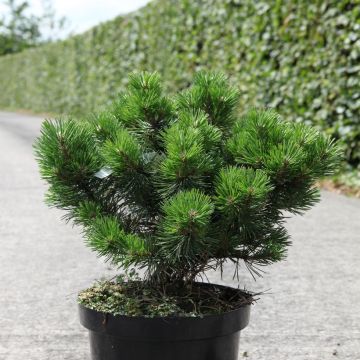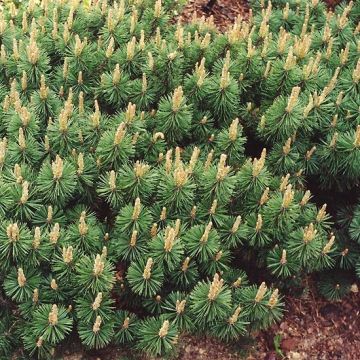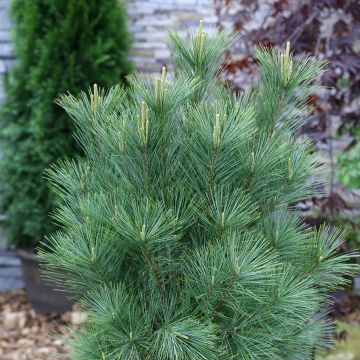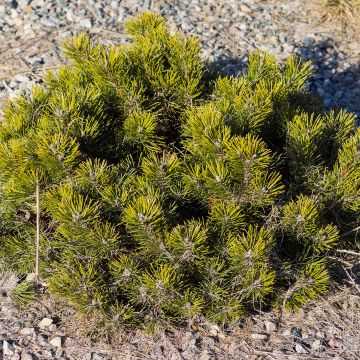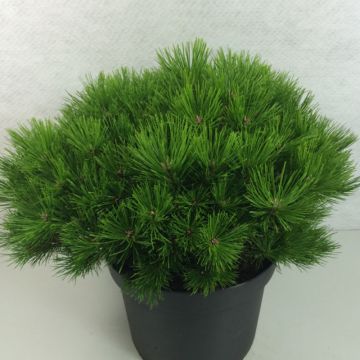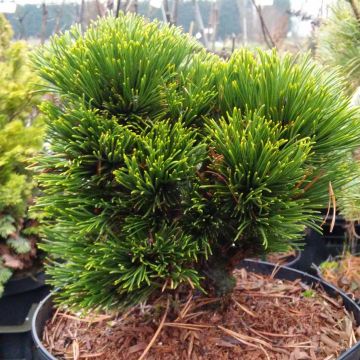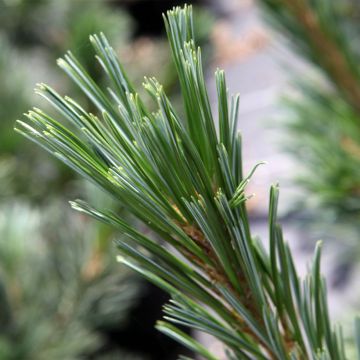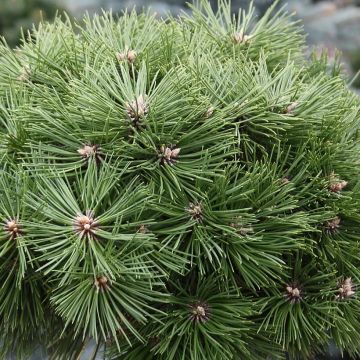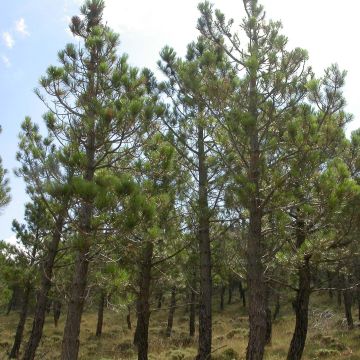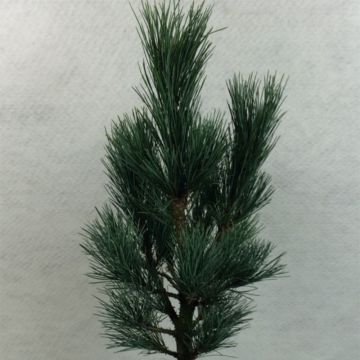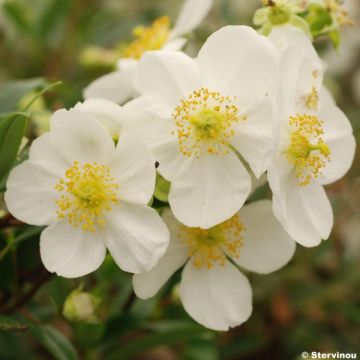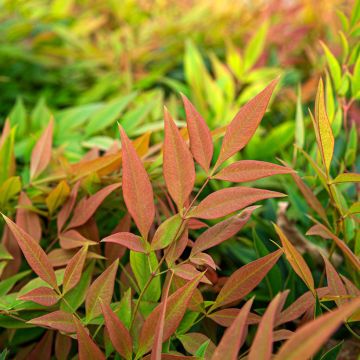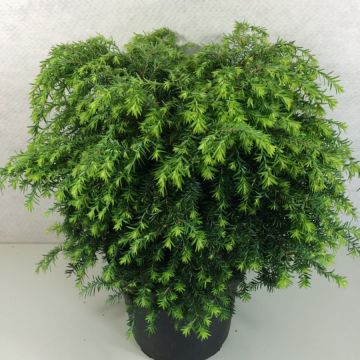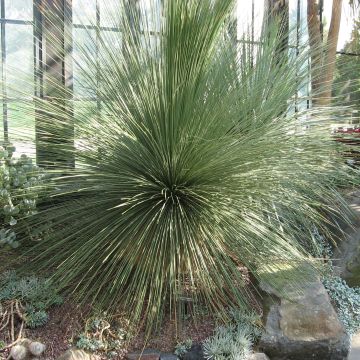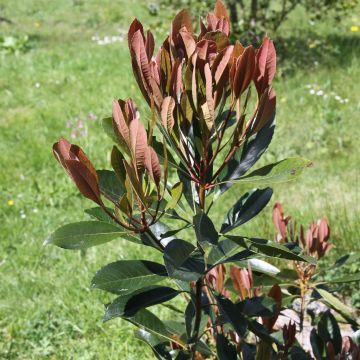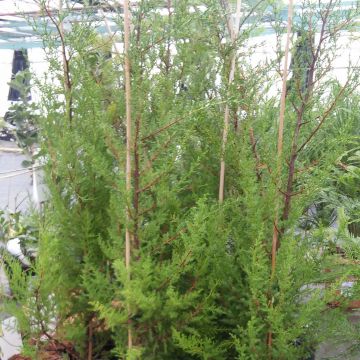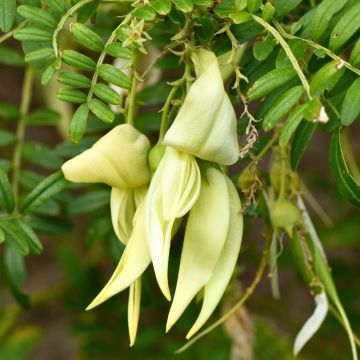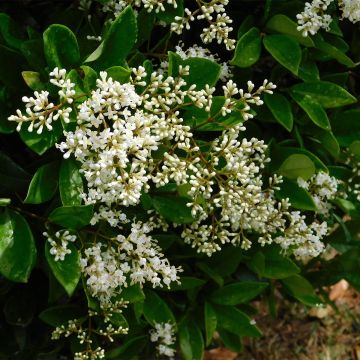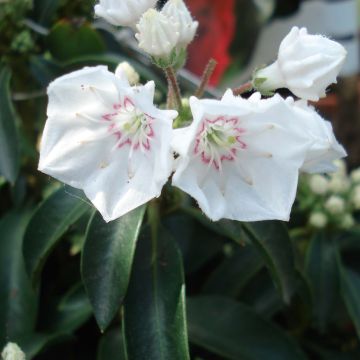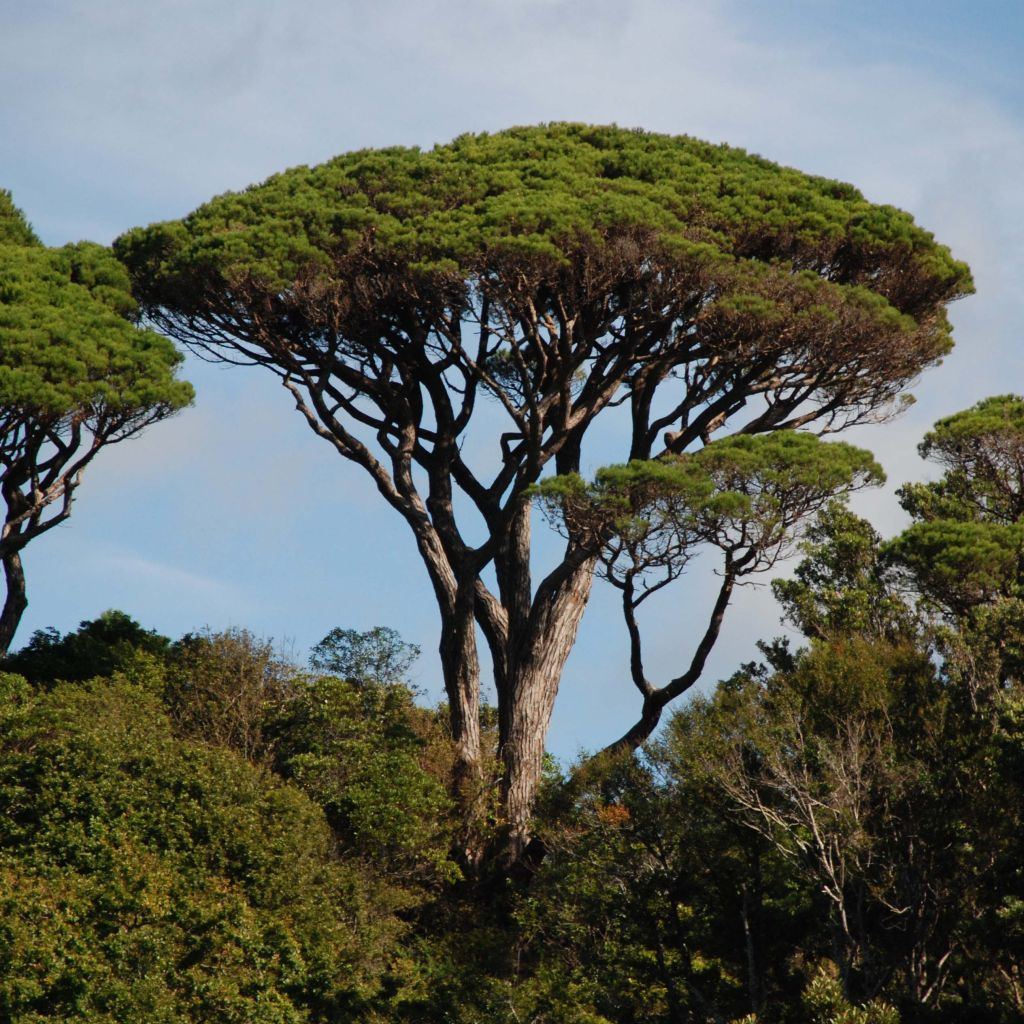

Pinus pinea - Umbrella pine
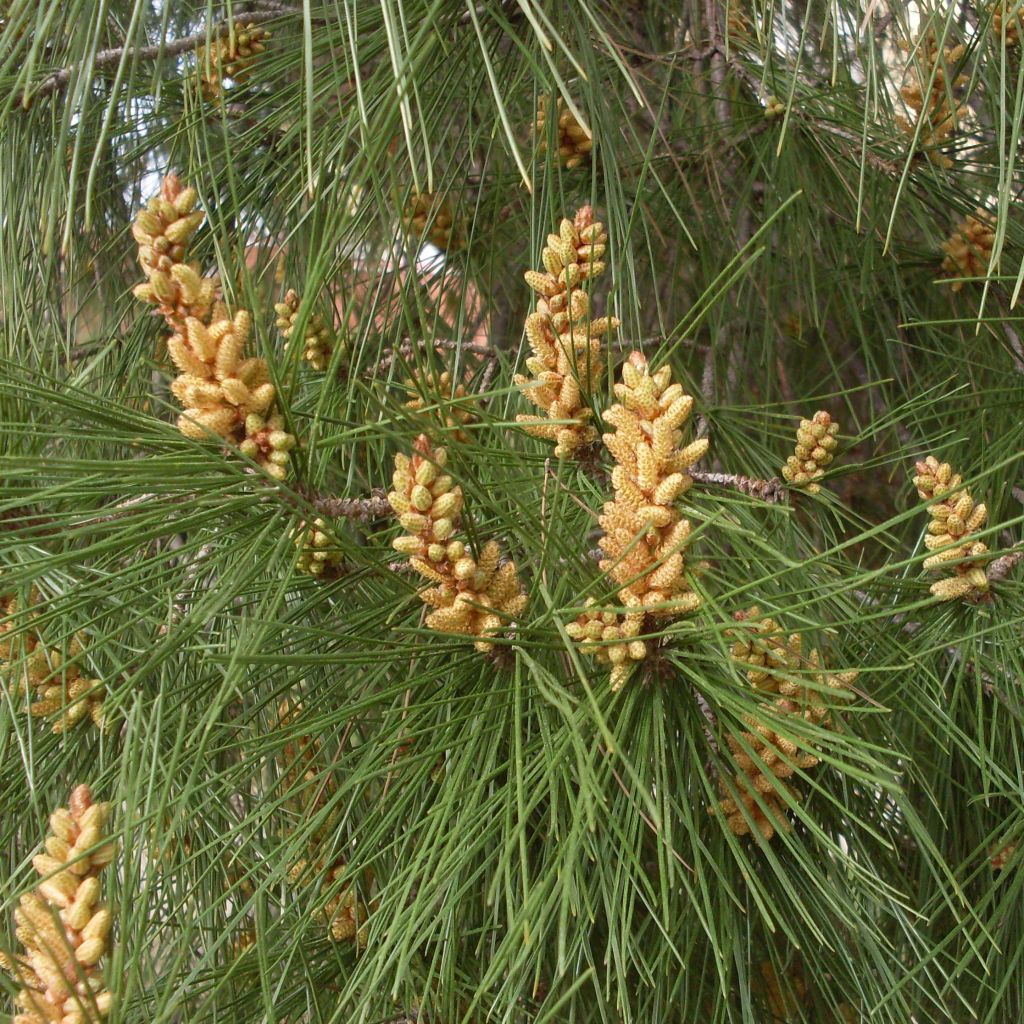

Pinus pinea - Umbrella pine
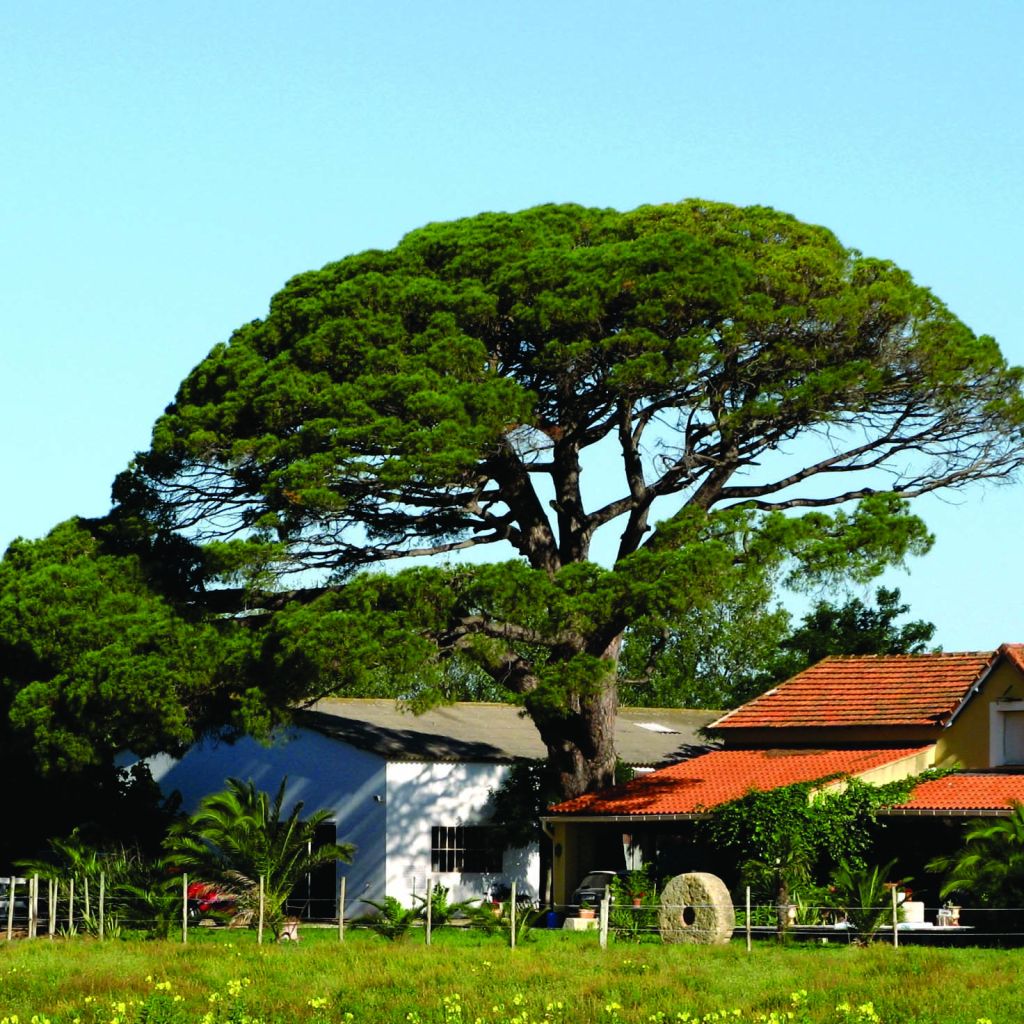

Pinus pinea - Umbrella pine
Pinus pinea - Umbrella pine
Pinus pinea
Stone Pine, Umbrella Pine
This item cannot be shipped to the selected country
Oversize package delivery charge from €6.90
Oversize package delivery charge from €6.90
Delivery to Corse prohibited
More information
Schedule delivery date,
and select date in basket
This plant carries a 24 months recovery warranty
More information
We guarantee the quality of our plants for a full growing cycle, and will replace at our expense any plant that fails to recover under normal climatic and planting conditions.
Oversize package: home delivery by special carrier from €6.90 per order..
Express home delivery from €8.90.
Oversize package: home delivery by special carrier from €6.90 per order..
Express home delivery from €8.90.
Delivery to Corse prohibited: UE law prohibits the import of this plant from mainland France to Corse as part of the fight against Xylella fastidiosa. Please accept our sincere apologies.
More information
Does this plant fit my garden?
Set up your Plantfit profile →
Description
The Pinus pinea, better known as the Parasol Pine or Stone Pine, is a large conifer with a typically southern temperament. When young, this large conifer forms a very green ball, then it becomes immense, loses its lower branches, and with age takes on a venerable appearance. Its silhouette, recognizable to all, draws a large parasol in the sky, with its trunk often bent by the wind, carrying a dense, tabular and rounded crown. This giant is also appreciated for its delicious seeds called pine nuts, which have a subtly resinous flavour. It is not demanding in terms of soil type, like most purely Mediterranean species, but young specimens will not tolerate heavy frost, which makes it difficult to establish in cold regions. The Stone Pine, on the other hand, is perfectly resistant to sea spray and drought once established.
The Stone Pine is a large conifer belonging to the Pine family. It is native to the Mediterranean basin, but has been introduced to many regions for a long time.
The Pinus pinea reaches an average height of 20m (65.6ft), and its crown spreads over 10m (32.8ft). Young trees, heavily branched from the base, have a distinctly spherical habit. Their growth is quite rapid, after an establishing phase that can take 2 years. At the age of 4, they are already nearly 2m (6.6ft) tall. As the years go by, around the age of 10, the Stone Pine takes on its definitive parasol shape. It develops a slender, vertical trunk, leaning or sometimes twisted due to the prevailing wind, topped by a tabular, rounded canopy. The bark, very thick, is reddish-brown in colour, channelled and deeply fissured. The evergreen leaves are soft, not very prickly needles, light and vibrant green, 8 to 18cm (7.1in) long, arranged in pairs. Flowering occurs in spring. Male and female cones coexist on the same tree. After pollination, the female cones develop into large pineapples, generally globular, about 10cm (3.9 in) in all dimensions. It takes 3 years for the mature pinecone to open its large brown scales and release the pine nuts covered in black dust. The very hard, light brown shell protects the edible and highly aromatic nut. These large seeds will easily germinate after winter and exposure to cold.
The Stone Pine is a majestic conifer, to be showcased in a large garden, as it takes up little space on the ground, but its canopy needs space and light to develop well. Southern gardeners often plant it in clusters, so that it provides shade near the terrace or, on the contrary, at the edge of their property. It does not appreciate competition from other trees, its needle-covered canopy is not very welcoming to other plants. Shrubs such as strawberry trees, Filarias, myrtles, mastic trees, the Rhamnus alaternus, and certain cistuses (Cistus creticus, laurifolius, salviifolius) are able to grow at its roots. Pine nut harvesting takes place in summer or early autumn, depending on the climate.
Report an error about the product description
Pinus pinea - Umbrella pine in pictures
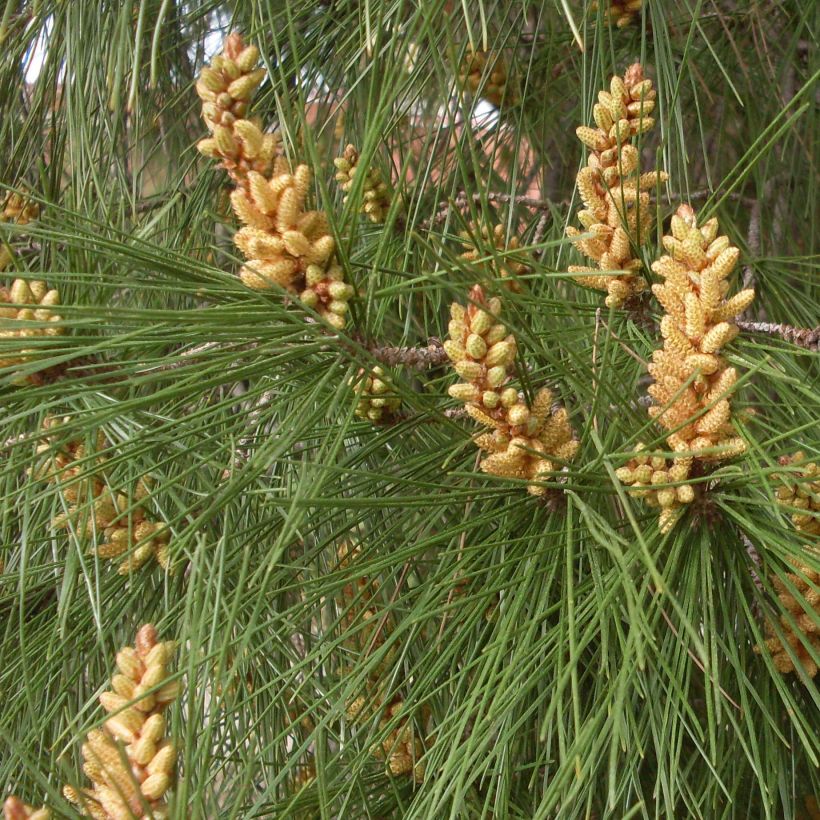

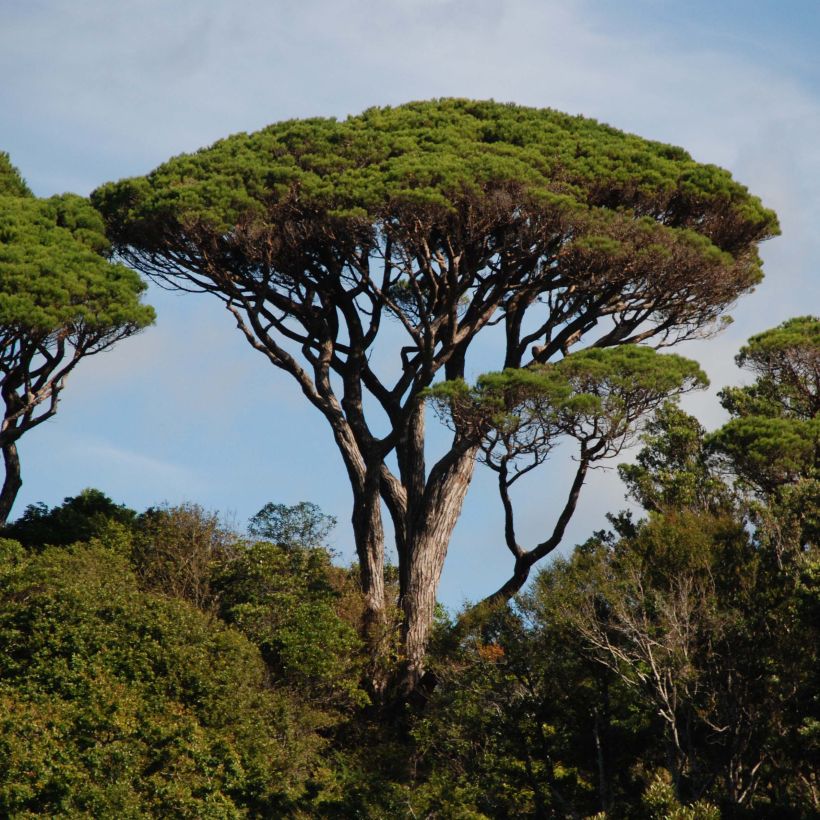

Plant habit
Foliage
Botanical data
Pinus
pinea
Pinaceae
Stone Pine, Umbrella Pine
Mediterranean
Other Pinus - Pine
Planting and care
Pinus pinea is planted from September to November and from February to June in well-drained soil, rather poor, with a tendency to be chalky or sandy as is often the case by the sea. It is not demanding and adapts equally as well to a deep and fresh soil, if it is properly drained and not too clayey, as to a stony soil. Choose a very sunny location, and anticipate the future development of this tree with its significant growth. Do not disturb it, its root system needs to firmly anchor in the soil to fight against both drought and wind. Soak the roots well before planting. Stake your young umbrella pine, and water it regularly to help it establish, especially in summer, during the first 2 or 3 years. Add organic fertiliser at planting (such as fish blood and bone). Optionally, every year in April, provide a special conifer fertilizer and weed the soil in summer. This not very hardy conifer (down to -12°C (10.4°F)) can withstand prolonged drought once well established. Pruning is not necessary, except to shape the tree or remove branches that die at the base of the trunk, as it grows.
The Pine processionary caterpillar can attack the umbrella pine.
Propagation by sowing in spring, after winter and cold have passed.
Planting period
Intended location
Care
-
, onOrder confirmed
Reply from on Promesse de fleurs
Evergreen shrubs
Haven't found what you were looking for?
Hardiness is the lowest winter temperature a plant can endure without suffering serious damage or even dying. However, hardiness is affected by location (a sheltered area, such as a patio), protection (winter cover) and soil type (hardiness is improved by well-drained soil).

Photo Sharing Terms & Conditions
In order to encourage gardeners to interact and share their experiences, Promesse de fleurs offers various media enabling content to be uploaded onto its Site - in particular via the ‘Photo sharing’ module.
The User agrees to refrain from:
- Posting any content that is illegal, prejudicial, insulting, racist, inciteful to hatred, revisionist, contrary to public decency, that infringes on privacy or on the privacy rights of third parties, in particular the publicity rights of persons and goods, intellectual property rights, or the right to privacy.
- Submitting content on behalf of a third party;
- Impersonate the identity of a third party and/or publish any personal information about a third party;
In general, the User undertakes to refrain from any unethical behaviour.
All Content (in particular text, comments, files, images, photos, videos, creative works, etc.), which may be subject to property or intellectual property rights, image or other private rights, shall remain the property of the User, subject to the limited rights granted by the terms of the licence granted by Promesse de fleurs as stated below. Users are at liberty to publish or not to publish such Content on the Site, notably via the ‘Photo Sharing’ facility, and accept that this Content shall be made public and freely accessible, notably on the Internet.
Users further acknowledge, undertake to have ,and guarantee that they hold all necessary rights and permissions to publish such material on the Site, in particular with regard to the legislation in force pertaining to any privacy, property, intellectual property, image, or contractual rights, or rights of any other nature. By publishing such Content on the Site, Users acknowledge accepting full liability as publishers of the Content within the meaning of the law, and grant Promesse de fleurs, free of charge, an inclusive, worldwide licence for the said Content for the entire duration of its publication, including all reproduction, representation, up/downloading, displaying, performing, transmission, and storage rights.
Users also grant permission for their name to be linked to the Content and accept that this link may not always be made available.
By engaging in posting material, Users consent to their Content becoming automatically accessible on the Internet, in particular on other sites and/or blogs and/or web pages of the Promesse de fleurs site, including in particular social pages and the Promesse de fleurs catalogue.
Users may secure the removal of entrusted content free of charge by issuing a simple request via our contact form.
The flowering period indicated on our website applies to countries and regions located in USDA zone 8 (France, the United Kingdom, Ireland, the Netherlands, etc.)
It will vary according to where you live:
- In zones 9 to 10 (Italy, Spain, Greece, etc.), flowering will occur about 2 to 4 weeks earlier.
- In zones 6 to 7 (Germany, Poland, Slovenia, and lower mountainous regions), flowering will be delayed by 2 to 3 weeks.
- In zone 5 (Central Europe, Scandinavia), blooming will be delayed by 3 to 5 weeks.
In temperate climates, pruning of spring-flowering shrubs (forsythia, spireas, etc.) should be done just after flowering.
Pruning of summer-flowering shrubs (Indian Lilac, Perovskia, etc.) can be done in winter or spring.
In cold regions as well as with frost-sensitive plants, avoid pruning too early when severe frosts may still occur.
The planting period indicated on our website applies to countries and regions located in USDA zone 8 (France, United Kingdom, Ireland, Netherlands).
It will vary according to where you live:
- In Mediterranean zones (Marseille, Madrid, Milan, etc.), autumn and winter are the best planting periods.
- In continental zones (Strasbourg, Munich, Vienna, etc.), delay planting by 2 to 3 weeks in spring and bring it forward by 2 to 4 weeks in autumn.
- In mountainous regions (the Alps, Pyrenees, Carpathians, etc.), it is best to plant in late spring (May-June) or late summer (August-September).
The harvesting period indicated on our website applies to countries and regions in USDA zone 8 (France, England, Ireland, the Netherlands).
In colder areas (Scandinavia, Poland, Austria...) fruit and vegetable harvests are likely to be delayed by 3-4 weeks.
In warmer areas (Italy, Spain, Greece, etc.), harvesting will probably take place earlier, depending on weather conditions.
The sowing periods indicated on our website apply to countries and regions within USDA Zone 8 (France, UK, Ireland, Netherlands).
In colder areas (Scandinavia, Poland, Austria...), delay any outdoor sowing by 3-4 weeks, or sow under glass.
In warmer climes (Italy, Spain, Greece, etc.), bring outdoor sowing forward by a few weeks.

































